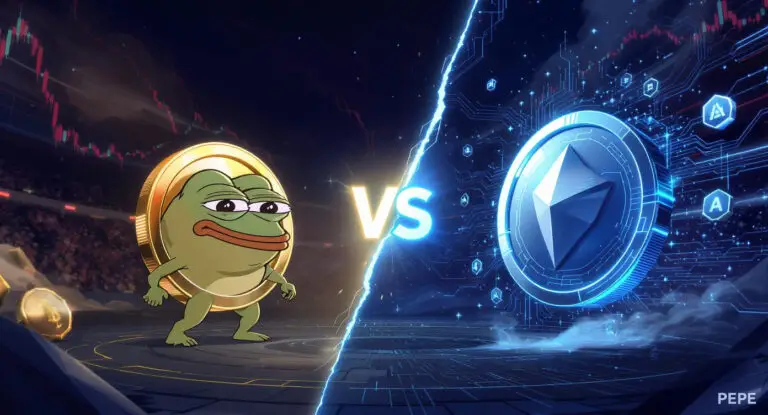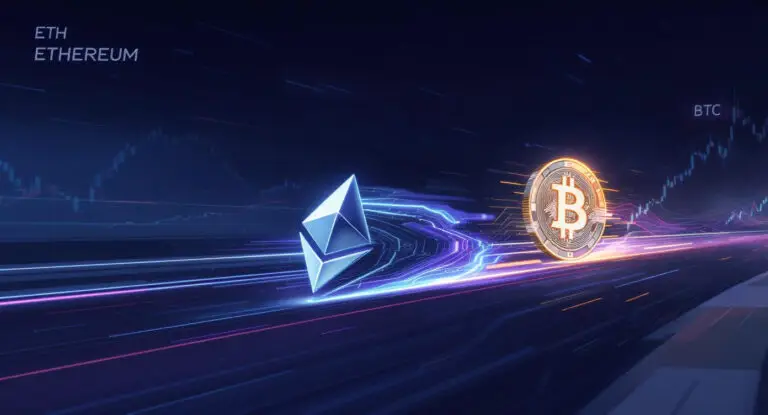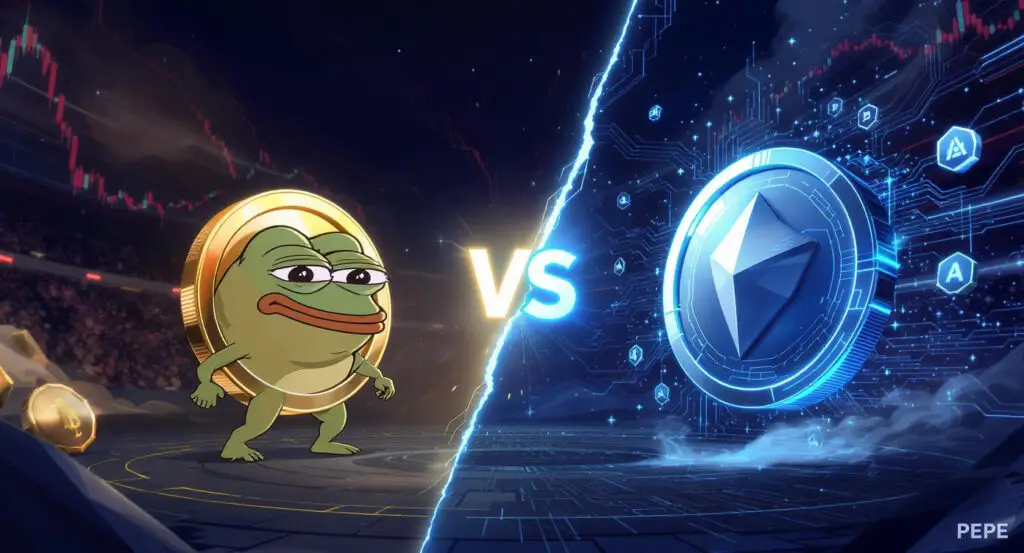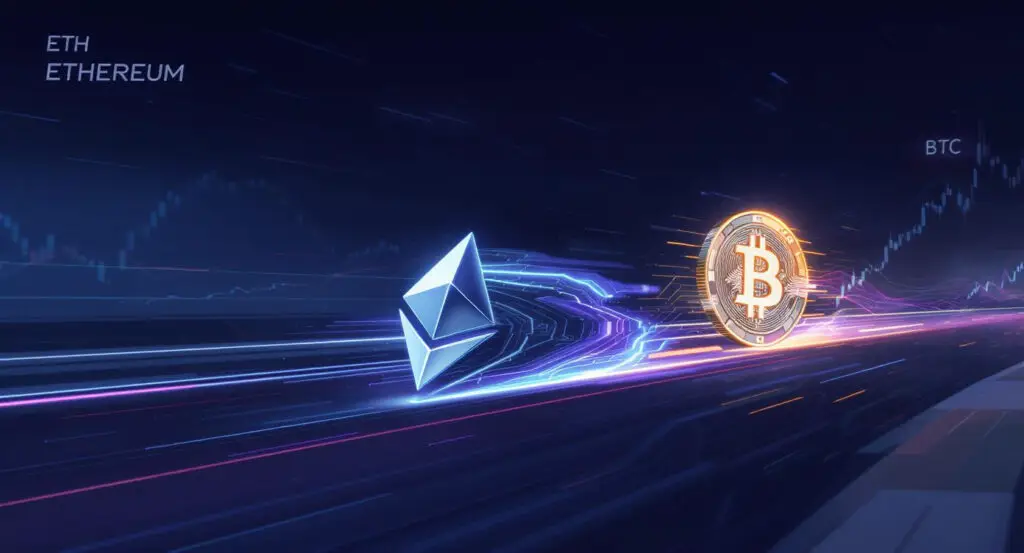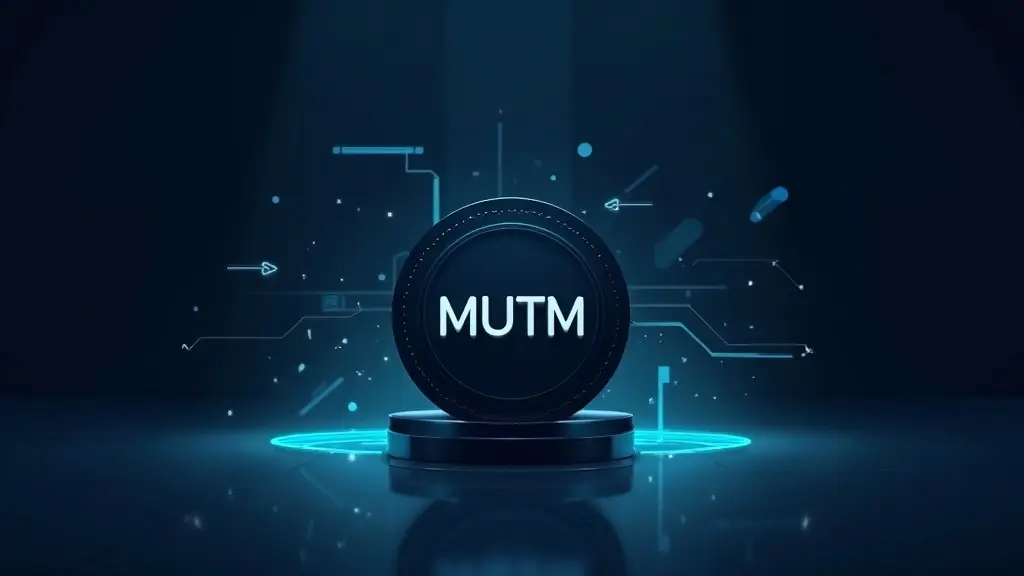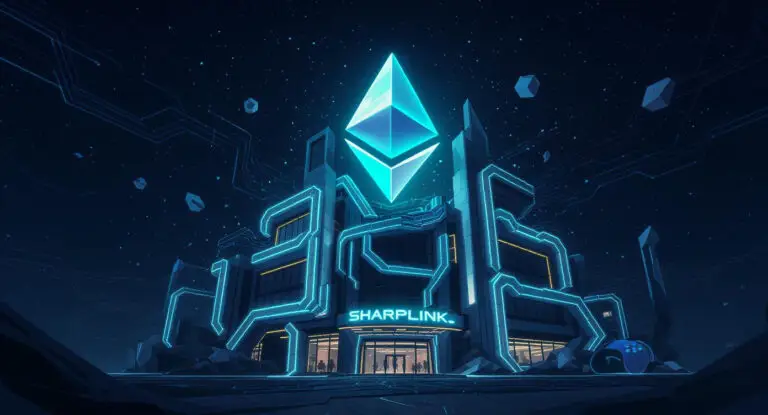Pi Network’s Recent Price Movement and Wallet Issues
Following its Pi2Day event in late June, Pi Network’s native cryptocurrency, Pi Coin (PI), has experienced a period of sideways price movement, ultimately crashing more than 15% over the past month. This recent downturn has brought the Pi Coin price down to its April lows of $0.40. A significant contributing factor to this week’s selling pressure has been reports from Pi Wallet users detailing issues with failed token transactions.
Such technical glitches can erode user confidence and directly impact an asset’s market performance. The combination of a sustained downtrend and reported usability problems highlights a challenging period for the Pi Network and its community. Addressing these operational concerns is crucial for stabilising the token’s value and restoring user trust, as consistent functionality is key to any cryptocurrency’s long-term viability and adoption.
New Fiat On-Ramp Introduced with TransFi
In an effort to address ongoing complaints about its existing Onramp Money platform, the Pi Network team has introduced a third fiat on-ramp to its ecosystem. The latest wallet update now includes TransFi, significantly expanding user options for purchasing Pi tokens directly with traditional currency. TransFi joins existing providers Banxa and Onramp Money, allowing Pioneers (Pi Network users) to buy Pi using common payment methods such as credit cards, Apple Pay, and Google Pay.
This update comes shortly after Onramp Money announced that Pi purchases would remain unavailable until August, underscoring the urgency of providing alternative solutions. Despite this development aimed at improving accessibility, Pi Coin’s price has only seen a marginal recovery, slipping to $0.41. Furthermore, this price action is accompanied by a surge in trading volumes to $88 million, which could suggest strong bearish divergence, where increasing volume on a declining price indicates selling pressure.
Key Challenges Identified by Pi Advocates
A well-known Pi advocate, Kim H. Wong, has publicly highlighted two major issues that the Pi Network is currently grappling with, which significantly impact its practical utility and broader growth. Firstly, Wong noted a distinct lack of decentralised applications (dApps) within the Pi Network ecosystem that genuinely enable the real-world exchange of goods and services. This deficiency limits Pi Coin’s practical use cases, making it less appealing for everyday transactions.
Secondly, Wong pointed out a critical problem concerning token usability: once Pi Coins are transferred to user wallets, they often become locked. This restriction severely reduces their liquidity and hinders the network’s broader growth by preventing users from freely transacting with their holdings. These two challenges collectively pose significant hurdles for Pi Network’s ambition to become a widely adopted cryptocurrency for daily commerce, emphasising the need for robust dApp development and improved token fluidity.
Increasing Pi Coin Supply on Centralised Exchanges
Compounding the challenges faced by Pi Network is the notable increase in Pi Coin supply on centralised exchanges (CEXs). Earlier in July, the total number of Pi coins held on exchanges had reached a record high of 370 million. By the end of July, that figure had further surged to over 405 million PI, marking a nearly 10% increase in just one month, according to data from Piscan.
This influx of tokens onto exchanges typically suggests that more holders are positioning themselves to sell or that the market is preparing for increased trading activity. An increase in available supply on exchanges, without a corresponding surge in demand, can exert downward pressure on the price. This trend indicates a potential shift in holder behaviour, with more users moving their Pi Coins to platforms where they can be readily traded, rather than holding them in private wallets.
Upcoming Token Unlocks and Their Potential Impact
The issue of token supply is further complicated by the ongoing schedule of Pi token unlocks. While token unlocks generally increase the circulating supply of a cryptocurrency, which can lead to price depreciation, there is a positive catalyst on the horizon for Pi Network in August. The total volume of Pi token unlocks in August is projected to drop to 160 million, a significant decrease from the 280 million unlocks observed in July.
This reduction in the monthly unlock volume could potentially alleviate some of the selling pressure that has been weighing on the Pi Coin price. However, it is crucial to remember that token unlocks, by their very nature, introduce new supply into the market. While a smaller unlock volume is more favourable than a larger one, the fundamental principle remains: increasing supply, if not met by commensurate demand, typically leads to a price drop. Therefore, while the August reduction is a welcome change, the overall impact of unlocks on price remains a critical factor for Pi Network’s short-term performance.
Contrasting Pi Network with Other Emerging Projects
The current struggles of Pi Network, particularly its price pressure and utility challenges, stand in stark contrast to the momentum seen in other emerging crypto projects. For instance, the BTC Hyper presale is currently grabbing significant attention, having already crossed the milestone of $6 million raised. Bitcoin Hyper is introduced as a Layer 2 token designed to merge meme coin appeal with smart contract functionality directly on the Bitcoin network.
Built using the Solana Virtual Machine (SVM), this project explicitly seeks to address Bitcoin’s existing scalability and programmability limitations by integrating smart contracts into the BTC ecosystem. By enabling faster transactions and lower gas fees, Bitcoin Hyper aims to shift Bitcoin’s use case from a passive store of value to a more dynamic platform supporting staking, swapping, dApps, payments, and cross-chain interoperability. This innovative approach positions it as one of the best crypto presales currently on the market, highlighting the competitive landscape Pi Network operates within.
Pi Network Future Utility and Locked Tokens for Recovery
Pi Network’s future success depends on addressing core challenges, such as the lack of real-world utility dApps and locked tokens in user wallets. The introduction of TransFi fiat on-ramp has improved accessibility but has not led to significant price recovery. To recover Pi Coin’s price and achieve widespread adoption, a concerted effort is needed to develop a robust ecosystem of dApps offering tangible utility for goods and services. Additionally, finding a solution to unlock or increase the usability of tokens once transferred to user wallets is crucial. Pi Network must innovate and deliver on its promises to remain competitive in the rapidly evolving cryptocurrency landscape.
Read More: Pi Network Whale Accumulation Hints at Major Listing

